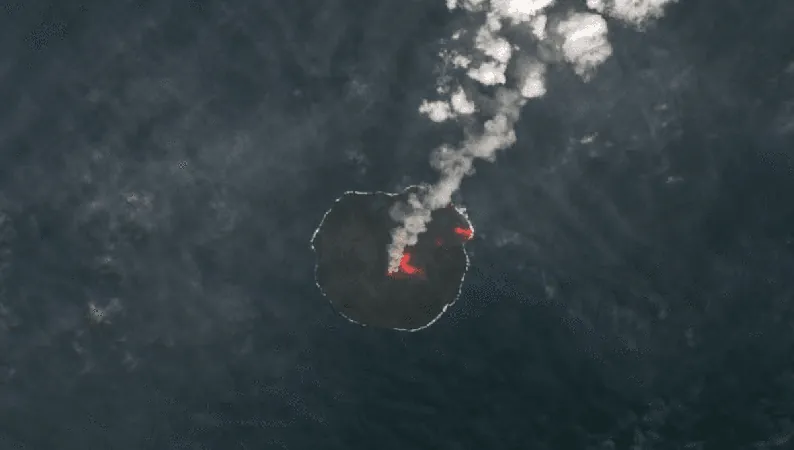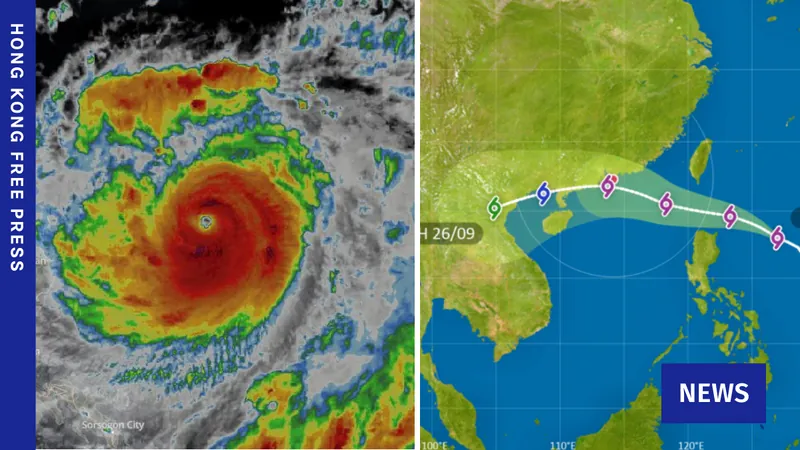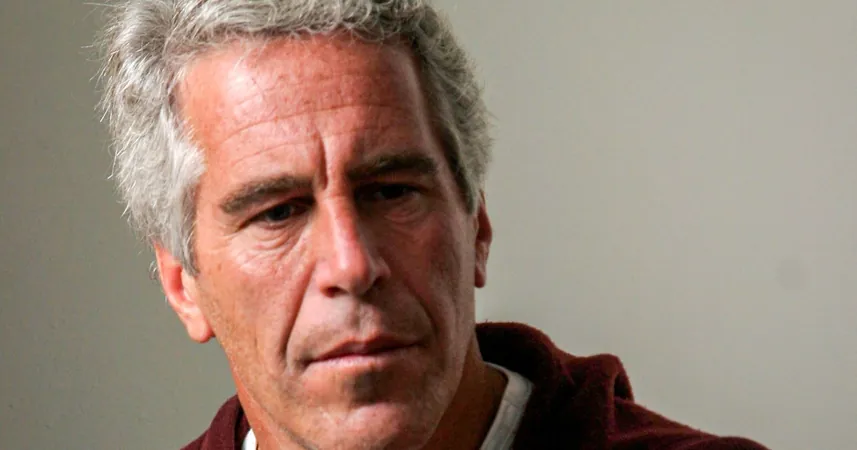
From Ashes to Life: How Plants Miraculously Reclaimed a Volcanic Island
2025-09-20
Author: Yan
A Volcanic Catastrophe: Nishinoshima's Eruption
In 2013, the remote volcanic island of Nishinoshima, located about 1,000 kilometers (620 miles) south of Tokyo, was transformed into a landscape of fire and ash. It was in November that a vent on the seafloor erupted, releasing a torrent of lava that not only created a new island but also buried the existing land under layers of molten rock and ash.
Devastation and Resilience: The Survival of Plant Life
The eruption wreaked havoc, obliterating nearly all forms of life on the island. Yet, in a remarkable twist, nature found a way to rebound. Surprisingly, plant life began to emerge anew, showcasing nature's incredible resilience without any human intervention.
Scientific Investigations: Unraveling the Mystery
In 2019, researchers from Tokyo Metropolitan University stumbled upon a fascinating discovery: common purslane (Portulaca oleracea) had re-established itself on Nishinoshima, just before yet another eruption would potentially erase these seedlings once more. The scientists embarked on a groundbreaking study of the plant's DNA to uncover how it managed to recolonize the island after such a cataclysm.
The Genetics of Survival: A New Lineage Emerges
Their findings revealed that these resilient plants shared a close genetic relationship with populations from Chichijima, another neighboring volcanic island. However, the Nishinoshima specimens were not identical; they had experienced a significant loss of genetic diversity, a phenomenon known as the 'founder effect'. This occurs when a new population is established by a small sample from a larger group, leading to a unique lineage that arose from just a few resilient seeds.
How Did They Get Here? The Journey of the Seeds
A lingering mystery remained: how did these seeds arrive on Nishinoshima in the first place? With their tiny disk-like shape, comparable to that of a poppy seed, these seeds are ideally suited for travel. They are buoyant, capable of drifting on ocean currents, light enough to be carried by the wind, and small enough to be ingested by birds.
Uncertain Future: The Challenges Ahead for Nishinoshima's Ecosystem
As eruptions continue to reshape Nishinoshima, the future of its newly established ecosystem hangs in the balance. Each eruption is a reminder of nature's unpredictable power, as well as its capacity for rebirth amidst destruction. What lies ahead for this remarkable volcanic island and its tenacious flora remains to be seen.





 Brasil (PT)
Brasil (PT)
 Canada (EN)
Canada (EN)
 Chile (ES)
Chile (ES)
 Česko (CS)
Česko (CS)
 대한민국 (KO)
대한민국 (KO)
 España (ES)
España (ES)
 France (FR)
France (FR)
 Hong Kong (EN)
Hong Kong (EN)
 Italia (IT)
Italia (IT)
 日本 (JA)
日本 (JA)
 Magyarország (HU)
Magyarország (HU)
 Norge (NO)
Norge (NO)
 Polska (PL)
Polska (PL)
 Schweiz (DE)
Schweiz (DE)
 Singapore (EN)
Singapore (EN)
 Sverige (SV)
Sverige (SV)
 Suomi (FI)
Suomi (FI)
 Türkiye (TR)
Türkiye (TR)
 الإمارات العربية المتحدة (AR)
الإمارات العربية المتحدة (AR)